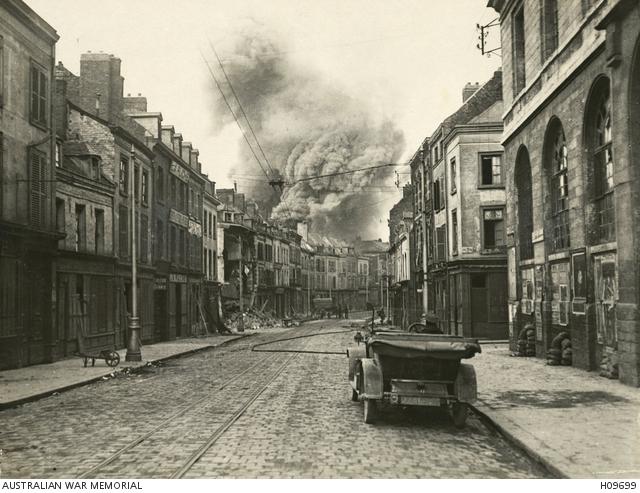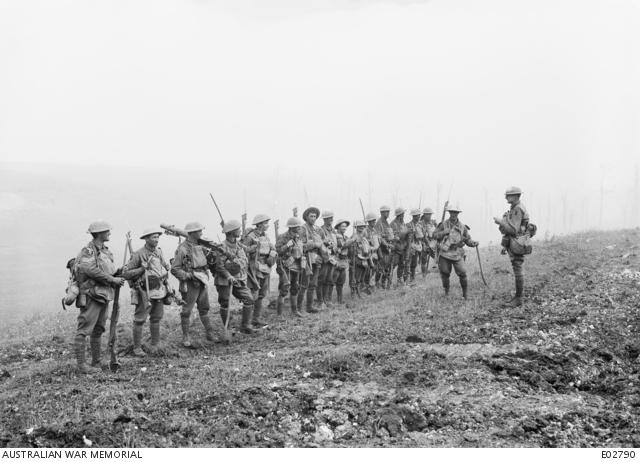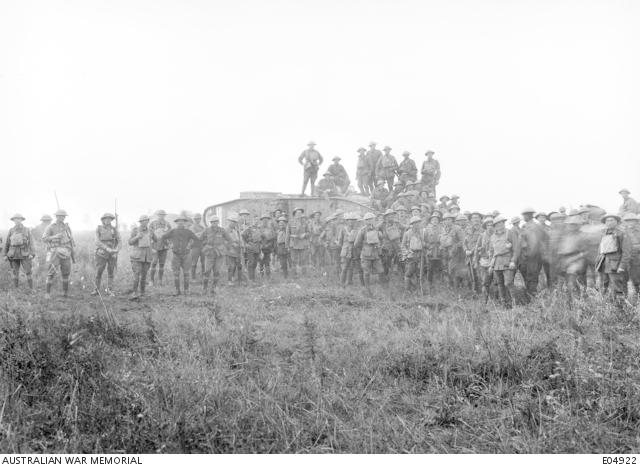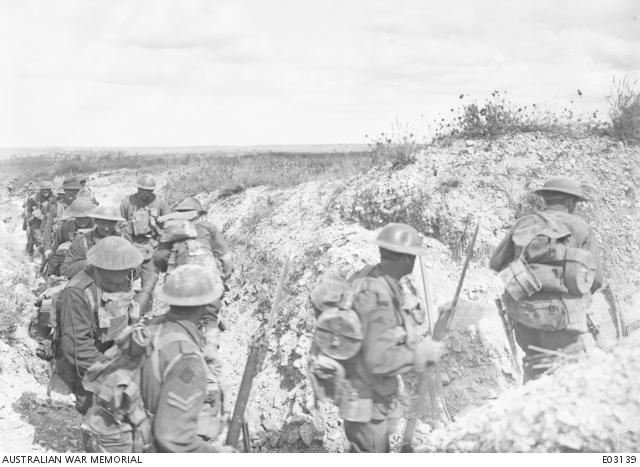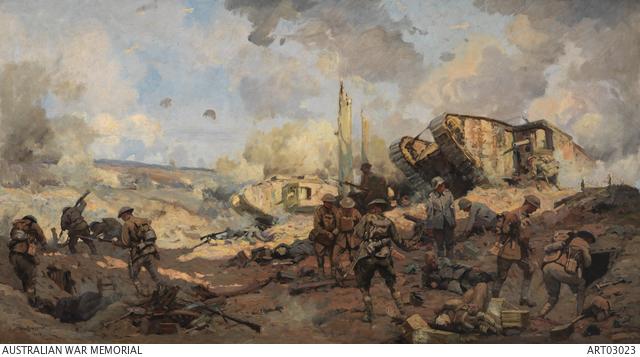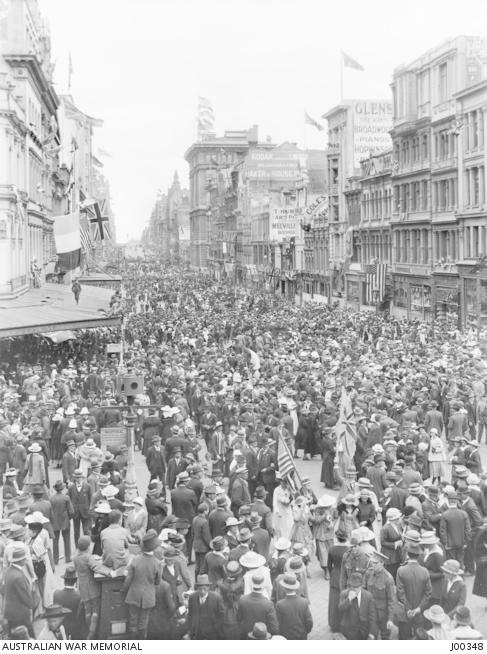The final year of the First World War
In the latest issue of Wartime, eminent British historian Sir Hew Strachan details the mind set of and challenges facing the Entente Powers – Britain, France, and Russia – as they embarked on what would become the final year of the First World War.
At the beginning of 1918, the leaders of these powers “ought to have been optimistic, but they weren’t,” Strachan writes. War weariness was a major concern, and rebellion among ranks on the front lines a real prospect. Campaigns were launched to reinvigorate patriotism among the public, and remind troops what they were fighting for.
Strachan notes that the United States’ entry into the conflict “guaranteed and enhanced the Entente’s lead in the economic and naval war”, and the arrival in France of American troops helped boost morale as well as numbers. But the war on the ground still had to be won, and the plans formulated by the Entente during the winters of 1915–16 and 1916–17 – “to attack simultaneously from west, south and east” – had been unsuccessful. Germany was expected to launch another offensive early in 1918, and in March they struck with force in the Somme region. The British army was quickly forced back over 50 kilometres; areas that had been won at great cost by the allies fell back into German hands.
With the German offensive underway, the Australians were rushed from the Flanders region south to the Somme to fill gaps in the line, and in April they played a major role in repelling Germans at Villers-Bretonneux and Dernancourt. Now under the command of General John Monash, the Australian Corps were important players in counter-attacks that would halt the Germans and ultimately allow for allied advances at Le Hamel on 4 July, and the battle of Amiens on 8 August. The Australians further pursued the Germans to their strongholds at Peronne and Mont St Quentin. After both fell at the start of September, the Germans had little choice but to adopt a fighting withdrawal towards their Hindenburg Line.
The last Australian infantry battle was fought at Montbrehain on 5 October 1918, as the Germans were rapidly retreating. An armistice was signed on 11 November 1918, and the guns on the Western Front finally fell silent.
Following is a collection of images and art from the Memorial’s archives that reveal Australian experiences of the final year of the war on the Western Front. As well as being defined by a number of highly successful actions, 1918 was also marked by casualties: over 12,000 killed and 36,000 wounded.
View the gallery below.
Read more about 1918 in Wartime issue 82. Purchase a copy here, or subscribe from $36.

